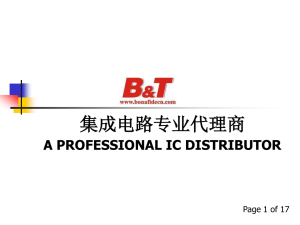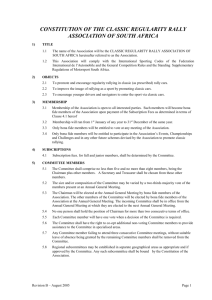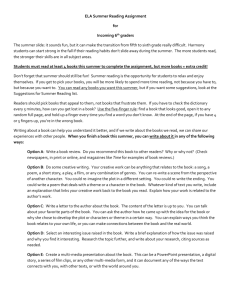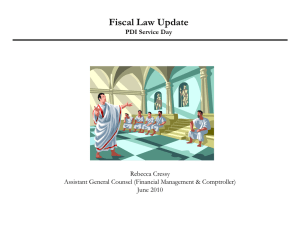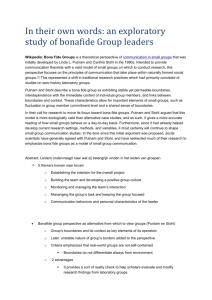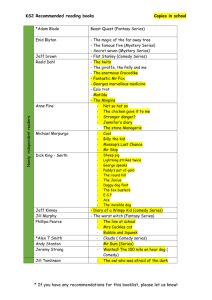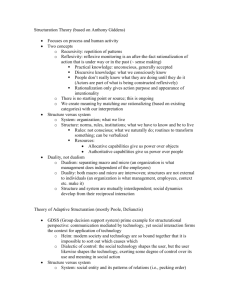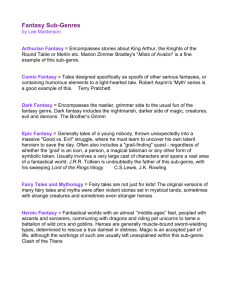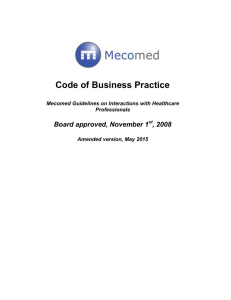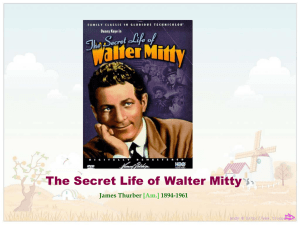bona fide group perspective
advertisement
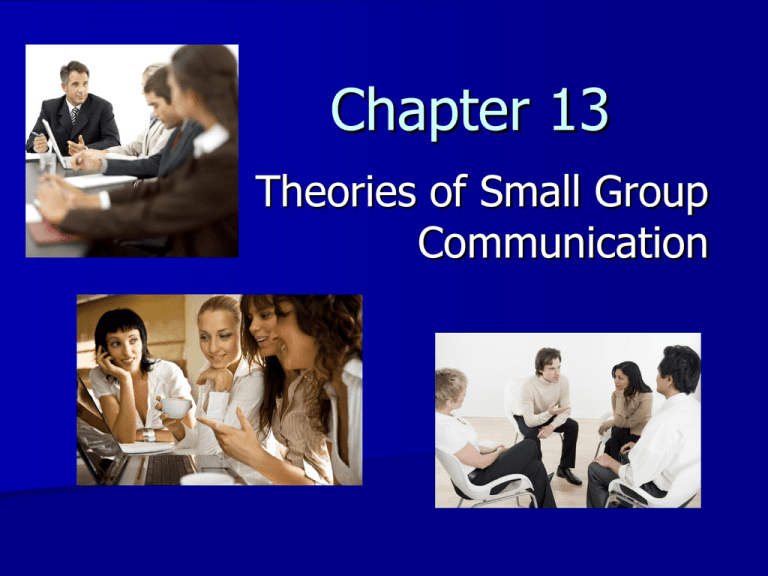
Chapter 13 Theories of Small Group Communication Early Research in Group Interaction Early work descriptive and simplistic – Phase models (phases of discussions) – Factor models (input—process—output) More complex models of group process such as Poole’s multiple sequence model – Unitary sequence path (orientation, problem analysis, solution, and reinforcement) – Complex cyclic path (multiple problem-solution cycles) – Solution-oriented path (activity centered on solution Functional Theory of Decision-Making Gouran and Hirokawa Concerned with factors that influence the effectiveness of group decisions Formative Influences – Groupthink (Janis) – Interaction Process Analysis (Bales) http://www.gamecareerguide.com/features/418/masters_thesis_chatting_in_.php?page=3 Functional Theory: Assumptions Boundary conditions (p. 232, Table 13.1) Key functions include: – Problem analysis – Establish criteria for evaluation – Generation of alternative solutions – Evaluation of Positive consequences of solutions – Evaluation of Negative consequences of solutions Functional Theory: Communication important in every functional step and leads to the predictions on p. 233, Table 13.2. – Ex: Groups characterized by higher frequencies of communication analyzing the problem/task will arrive at decisions of greater utility than groups characterized by lower frequencies. Communication also establishes operating norms and procedures Functional Theory: Tests and Critiques Generally supported, but some functions are found to be more important (e.g., assessing negative consequences of alternative solutions) Research critiqued for emphasis on zerohistory and ad hoc groups composed of college students Seems to be relevant only for task-related groups and task functions Structurational Approaches Recall Structuration from Chapter 12. Duality of structure – action and structure are intertwined – Reflexivity of human agents – Systems and institutions are enacted across time and space, through a variety of modalities Modalities: Forms of “knowledgeability” Operate at different levels (action, structure, institution) Modalities “interpenetrate” by “mediating” or contradicting one another Structuration of Group Arguments Links two traditions: – cognitive-informational: Argument as individual thoughts (cognitions) that group members present to each other – social-interactional perspective: Argument is a language game (collaboratively produced in interaction) with rules and institutions Adaptive Structuration Theory Uses technology to study group processes – GDSS (group decision support system) Technology: – facilitates anonymous communication – equalizes participation – removes undue influence of particular group members Adaptive Structuration Theory Appropriation: Group members adapt the structural features of the technology to their own group purposes – Faithful appropriation (consistent with spirit of tech.) vs. ironic appropriation (contrary to intended use) – There are a variety of possible “appropriation moves” (Table 13.4) Symbolic Convergence Theory: Key Concepts Fantasy theme: A “dramatizing message” that ignites group interaction. (e.g., joke or story) Fantasy chain: When group members “pick up” (add to) on a dramatizing message Group fantasy (fantasy theme): Once “chaining out” has occurred, a sense of community & shared identities emerge Symbolic Convergence Theory: Key Concepts (cont.) Fantasy type: Fantasies become linked with each other in group interaction, forming a prototype Rhetorical vision: Fantasy types become linked at a more abstract or cultural level collection of fantasies (Master Analogues) – Righteous (right/wrong; moral/immoral) – Social (humanity, community, caring) – Pragmatic (effective, efficient, utility) Bona Fide Groups The theories considered in this chapter have been critiqued on several grounds – Often task-related groups – Often zero-history groups (studies often use university students to constitute the groups) Theorists have proposed a new approach: The bona fide group perspective (e.g., church & community groups) Characteristics of Bona Fide Groups Bona fide groups have shifting members and permeable boundaries As a result, individuals within bona fide groups must deal with multiple group memberships Bona fide groups are highly interdependent with their context Embedded within larger organizational and institutional systems 12 angry men: http://www.youtube.com/watch?v=W8trh By2DLE&feature=related Proexample (exercise): http://www.youtube.com/watch?v=eyWxj NECRBE&feature=related Reality show group discussion? http://www.youtube.com/watch?v=D0Z_t K_kodI&feature=related Questions for Reflection What is the typical zero history or ad hoc group among college students? Based on what you learned in this chapter about small groups, is the classroom a small group? – If some are and some are not, what makes them different? Can you think of any fantasy themes (e.g., joke or story) that have emerged in your social groups or classrooms?
